Interstellar migration is an inevitable trend in the development of humanity.
Humans will eventually migrate to interstellar space and settle on other planets, an idea articulated by the Russian rocket expert Tsiolkovsky. He famously stated, “Earth is the cradle of humanity, but humanity cannot remain in the cradle forever.” Since then, this idea has become a theme in science fiction and a shared aspiration of humanity for the future.
Interstellar migration is considered humanity’s destiny and even a benchmark for measuring our success as a species. With advancements in our understanding of space and technology, interstellar immigration no longer seems like a distant dream but rather a trend for the future. So, what challenges will we face when migrating to the stars?
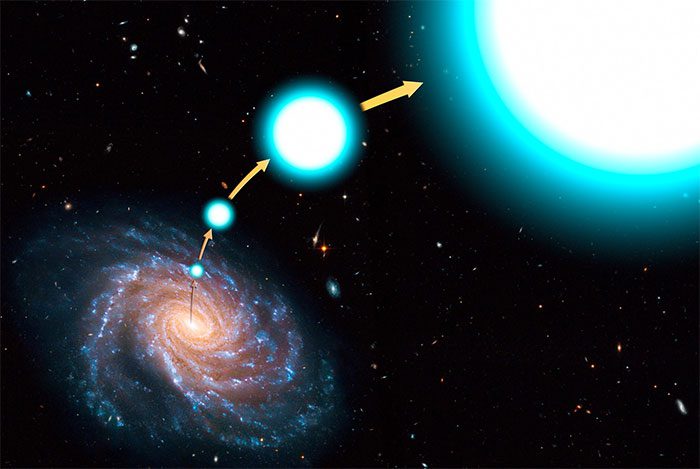
Interstellar migration is considered humanity’s destiny. (Illustrative photo: Zhihu).
Potential for Interstellar Migration
Earth is humanity’s home, but due to population growth, resource consumption, climate change, and other escalating issues, the Earth’s capacity and ecological balance are severely threatened.
Without effective measures, humanity may face the risk of extinction. Therefore, seeking other sources of energy and living space, while expanding our operational scope and potential for development, has become an urgent need.
We know that there are endless material and energy resources in the universe, as well as planets with conditions suitable for human habitation. If we can harness these resources and planets, we can offer humanity more choices and opportunities.
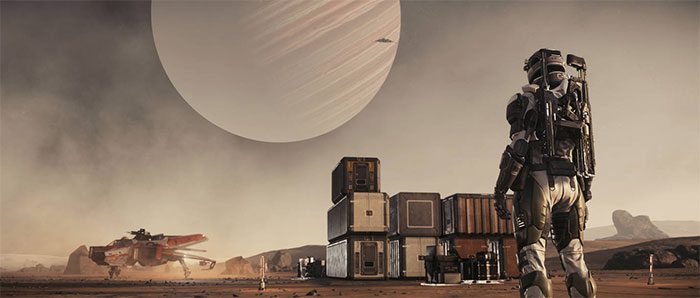
Harnessing extraterrestrial resources provides humanity with more choices and opportunities. (Illustrative photo: Zhihu).
Interstellar migration is a way to utilize cosmic resources and planets, potentially allowing humanity to escape dependence on Earth and achieve diverse, sustainable development. Interstellar immigration is not an unattainable dream but has a certain scientific basis and technical support.
Currently, humanity has mastered some basic space technologies such as rocket launches, building space stations, exploring the Moon, and Mars missions. These technologies have laid the initial groundwork for interstellar migration.
In addition, there are advanced, more innovative technical solutions being researched and developed, such as space elevators, solar sails, nuclear fusion propulsion, laser propulsion, etc. These technological solutions are expected to improve speed, efficiency, and safety for space travel, thus making interstellar travel feasible.
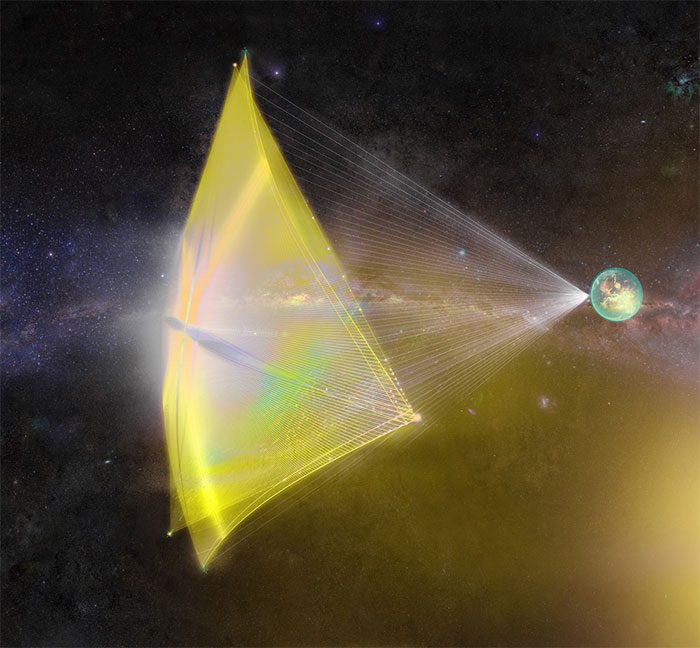
Solar sail. (Illustrative photo: Zhihu)
Challenges of Interstellar Migration
Despite the potentials of interstellar travel, it also faces significant challenges. First of all, interstellar migration requires substantial investments in funding, materials, human resources, and time.
Currently, space travel is very expensive, with each kilogram of material launched into space costing around $10,000. If we want to transport a large number of people and equipment to other planets, we would need a budget in the hundreds of billions, even trillions of dollars.
Moreover, space is vast, and even the planets within our Solar System are separated by millions of kilometers. The star systems outside our Solar System are even beyond reach. Taking the closest star, Alpha Centauri, as an example, it is about 4.3 light-years away, meaning light takes 4.3 years to travel from there. If we were to use Voyager 1 to get there, it would take 70,000 years. Such a timeframe is unfathomably long for humanity.
Therefore, to achieve interstellar travel, we need a faster, more durable, and safer transportation system. Currently, humanity primarily uses chemical rockets and nuclear fission engines, but these cannot provide sufficient speed and energy.
However, there are still some theoretically feasible solutions, such as nuclear fusion engines, solar sails, antimatter propulsion, etc., but these solutions are still in experimental or conceptual stages and will take a long time to realize.
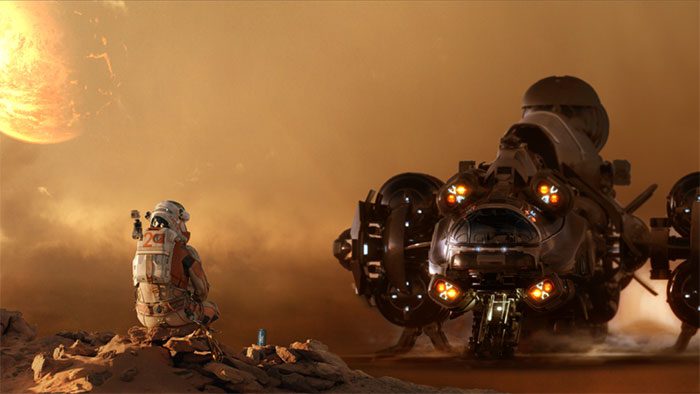
We need a faster, more durable, and safer transportation system. (Illustrative photo: Zhihu)
Secondly, interstellar migrants must quickly adapt to a complex and unfamiliar external environment. The environment in space is vastly different from that on Earth, including factors like gravity, temperature, atmospheric pressure, radiation, magnetic fields, etc. These differences will have physical and psychological impacts on humans, such as muscle atrophy, osteoporosis, reduced immune function, psychological stress, etc.
Therefore, interstellar migrants need adaptation training and medical care, as well as special clothing and equipment to protect themselves from the hazards of the space environment.
Additionally, interstellar migrants also need to modify the target planet to make it more suitable for human habitation. This may involve altering the atmosphere, water sources, soil, vegetation, etc., of the planet. Such modifications require significant technology, resources, time, as well as consideration of the ecosystem and planetary balance.

The environment in space is vastly different from that on Earth. (Illustrative photo: Zhihu)
Finally, interstellar migrants need to address and coordinate complex and sensitive internal relationships. Interstellar migration involves the interests and rights of many nations, organizations, and individuals, such as space law, space management, allocation of space resources, space security, etc. These issues can lead to disputes, conflicts, and even space wars.
Thus, interstellar migrants must establish and adhere to a set of fair and effective rules and mechanisms to ensure the legitimacy of activities in space.
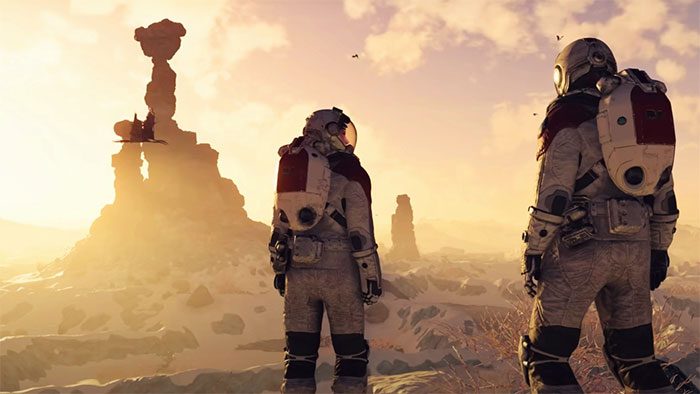
Interstellar migrants must quickly adapt to the new environment. (Illustrative photo: Zhihu)
The Dangers of Interstellar Travel
In the space between stars, we will face various threats.
First, when flying in space, we may encounter cosmic dust and asteroids. Although small, they move at incredibly high speeds, sometimes even faster than bullets. If our spacecraft is hit by them, the consequences could be severe.
Secondly, gamma rays are extremely powerful electromagnetic radiation that can penetrate most materials. If we happen to be attacked by gamma rays, the DNA in our cells will be instantly damaged, resulting in fatal consequences.
Additionally, there are rogue black holes drifting randomly in space. Black holes have a very strong gravitational pull and can consume any surrounding matter. These rogue black holes are difficult to detect as they emit no light or other signals. They are like wild beasts in the forest, waiting to ambush unsuspecting prey. If we accidentally get too close to such a black hole, we will be drawn in by its intense gravitational force and unable to escape.
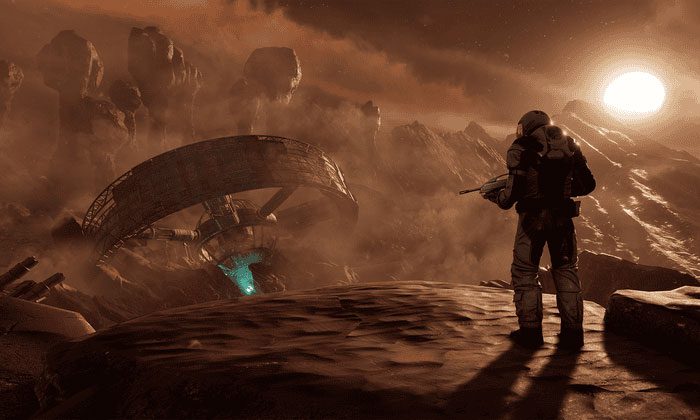
There are many threats when humanity travels between the stars. (Illustrative image: Zhihu)
Ultimately, when undertaking interstellar travel, we must confront the risk of exposure to extraterrestrial viruses. These viruses may possess structures and functions entirely different from those found on Earth, posing unknown dangers to us. They could potentially cause new and deadly diseases that we are unprepared to combat.
In addition to these factors, we must also consider human issues. During long journeys between the stars, we will face physical and psychological challenges. Physiologically, we need to ensure basic needs such as food, water, and oxygen, as well as prevent muscle atrophy, immune system decline, and other effects of the space environment.
Psychologically, we need to address emotional issues such as loneliness, stress, fear, boredom, and more. Migration between the stars is an inevitable trend in the development of humanity. However, over time, with advancements in technology, the dangers from space will likely diminish.
- How to take us to a star system 40 trillion kilometers away from Earth according to Stephen Hawking
- How many crew members are needed to survive on the way to the Proxima Centauri star system?
- Physicists calculate the number of years needed for interstellar travel, so large that you will sigh in frustration





















































